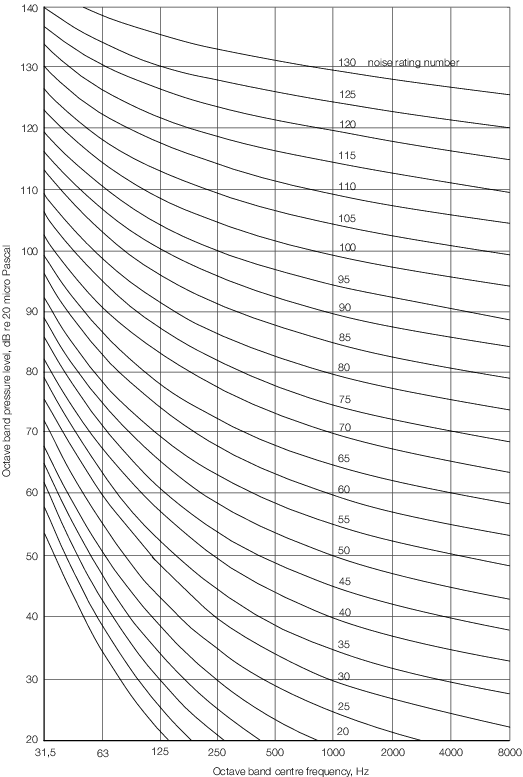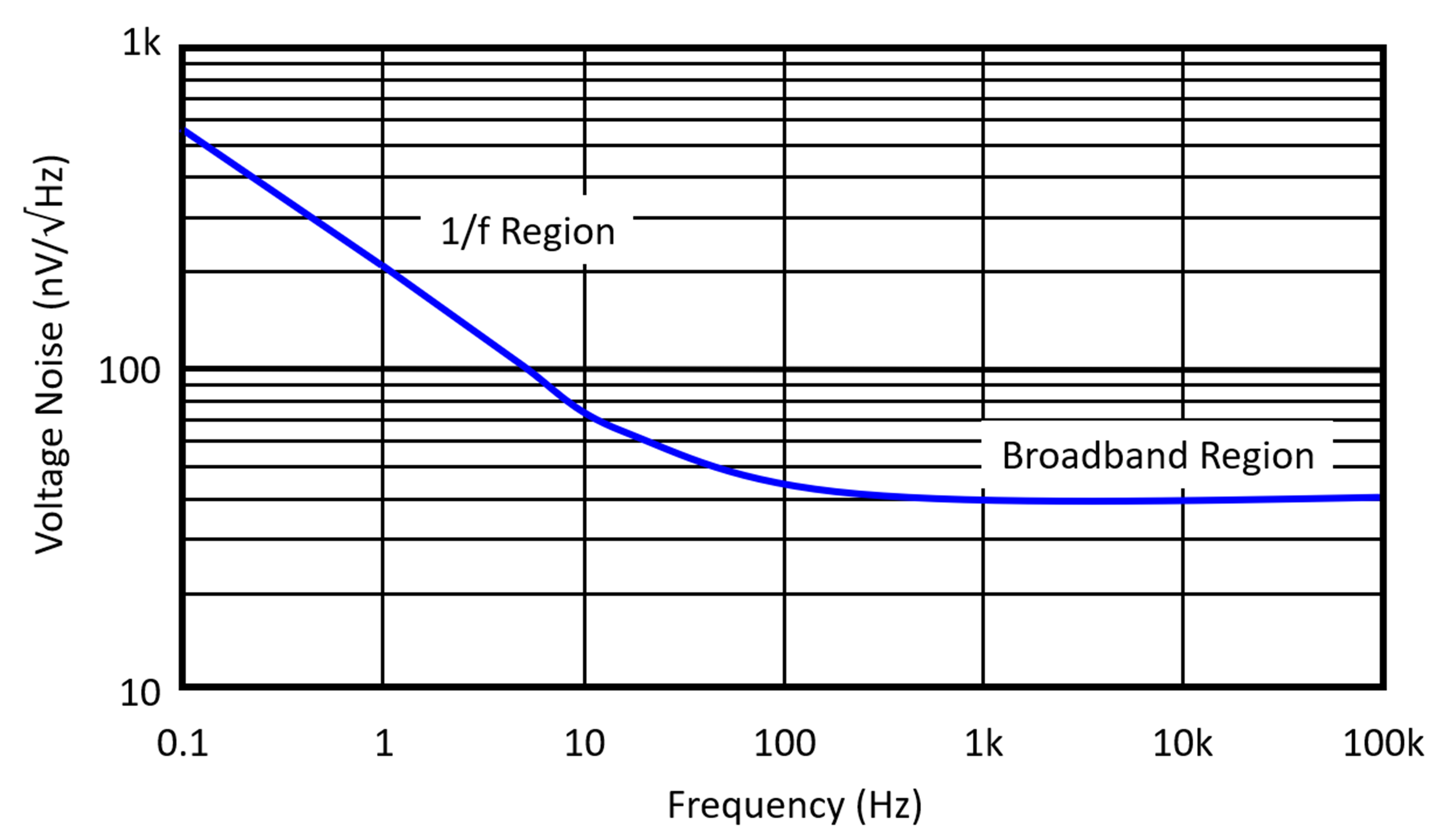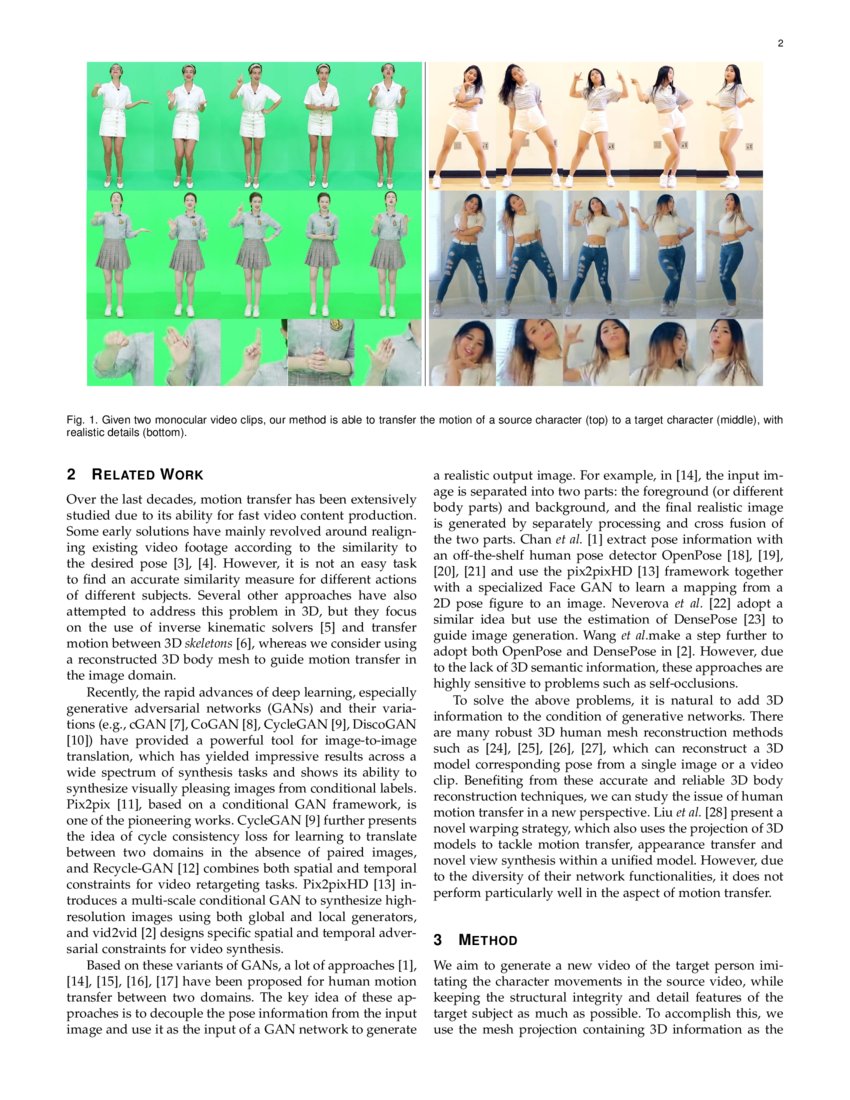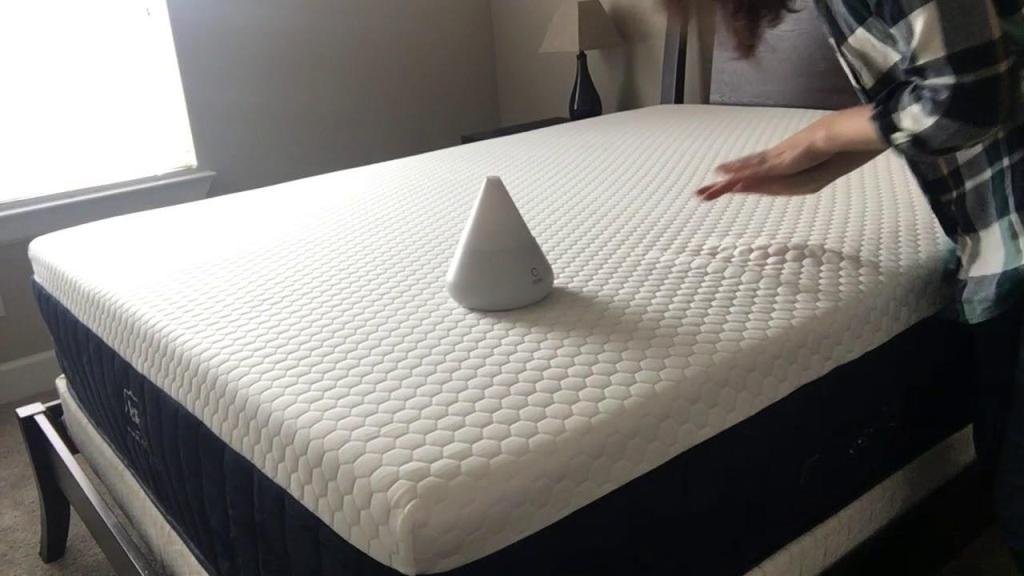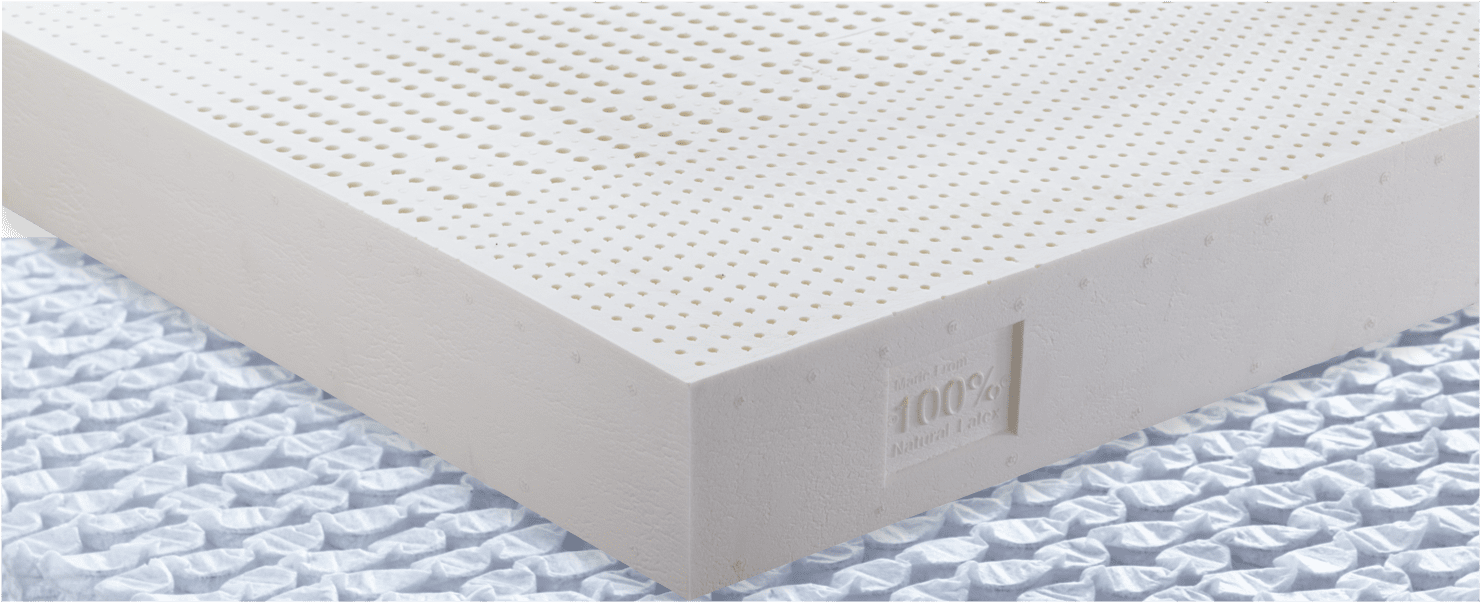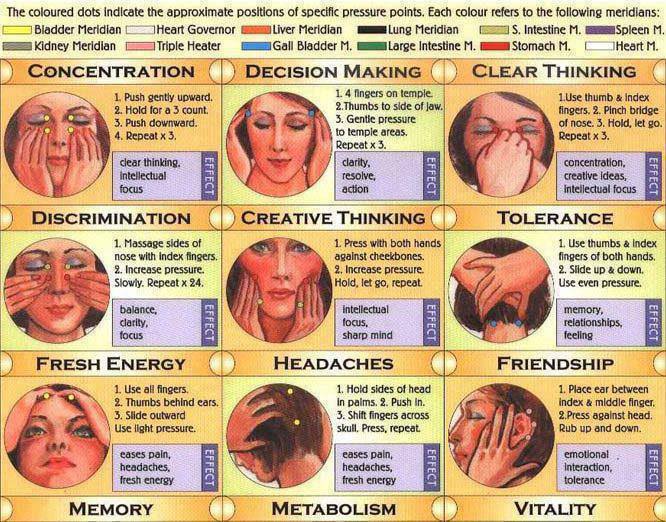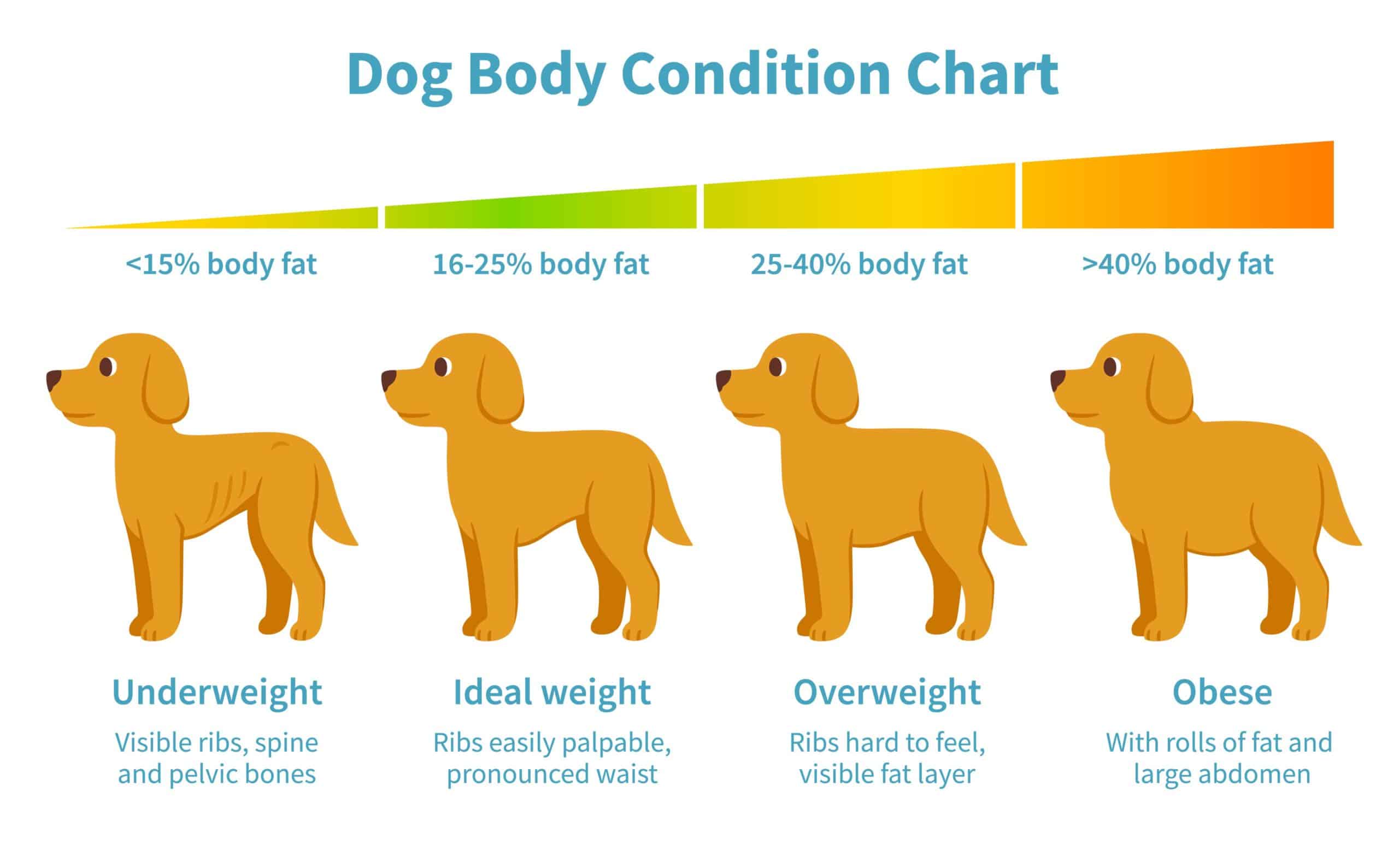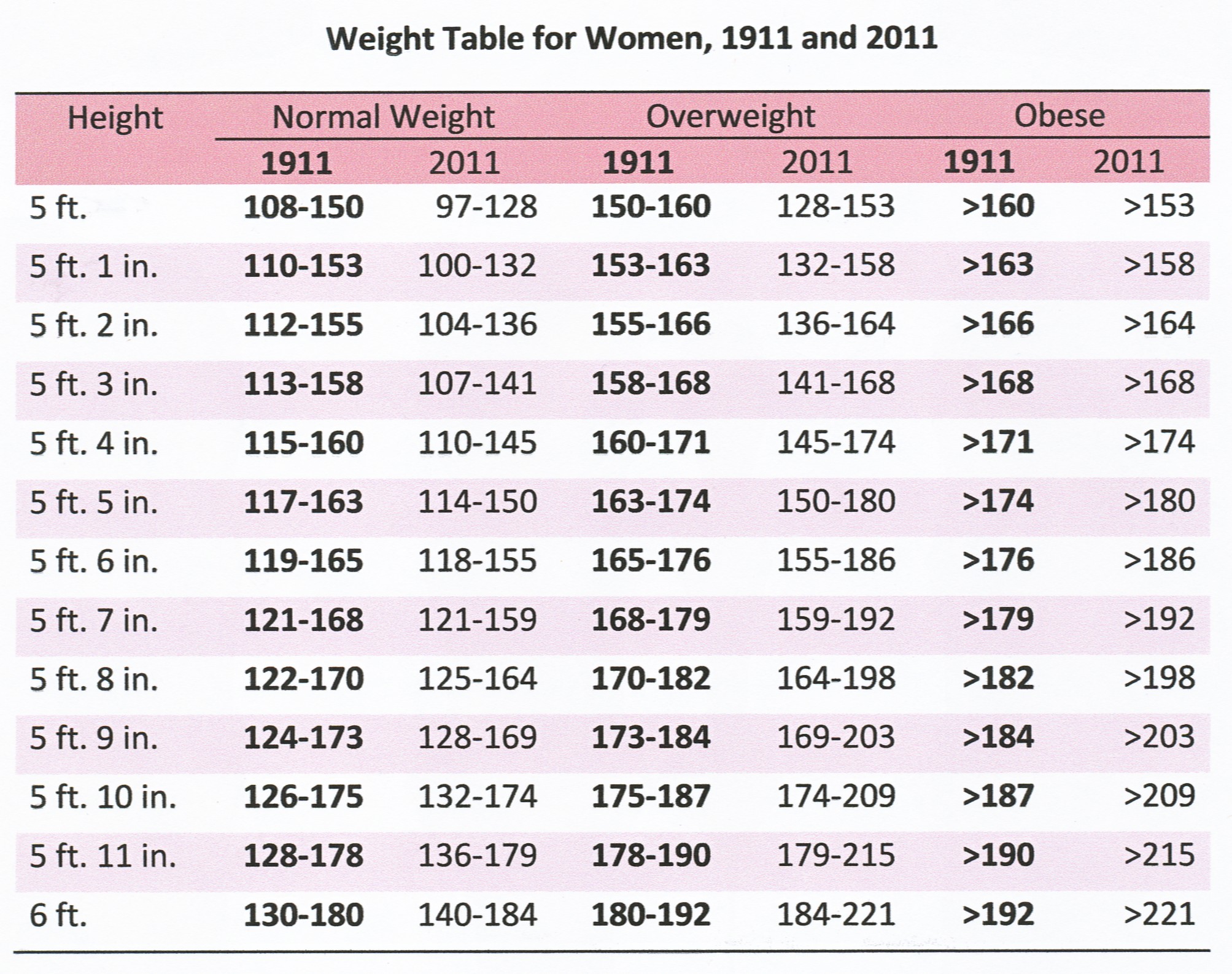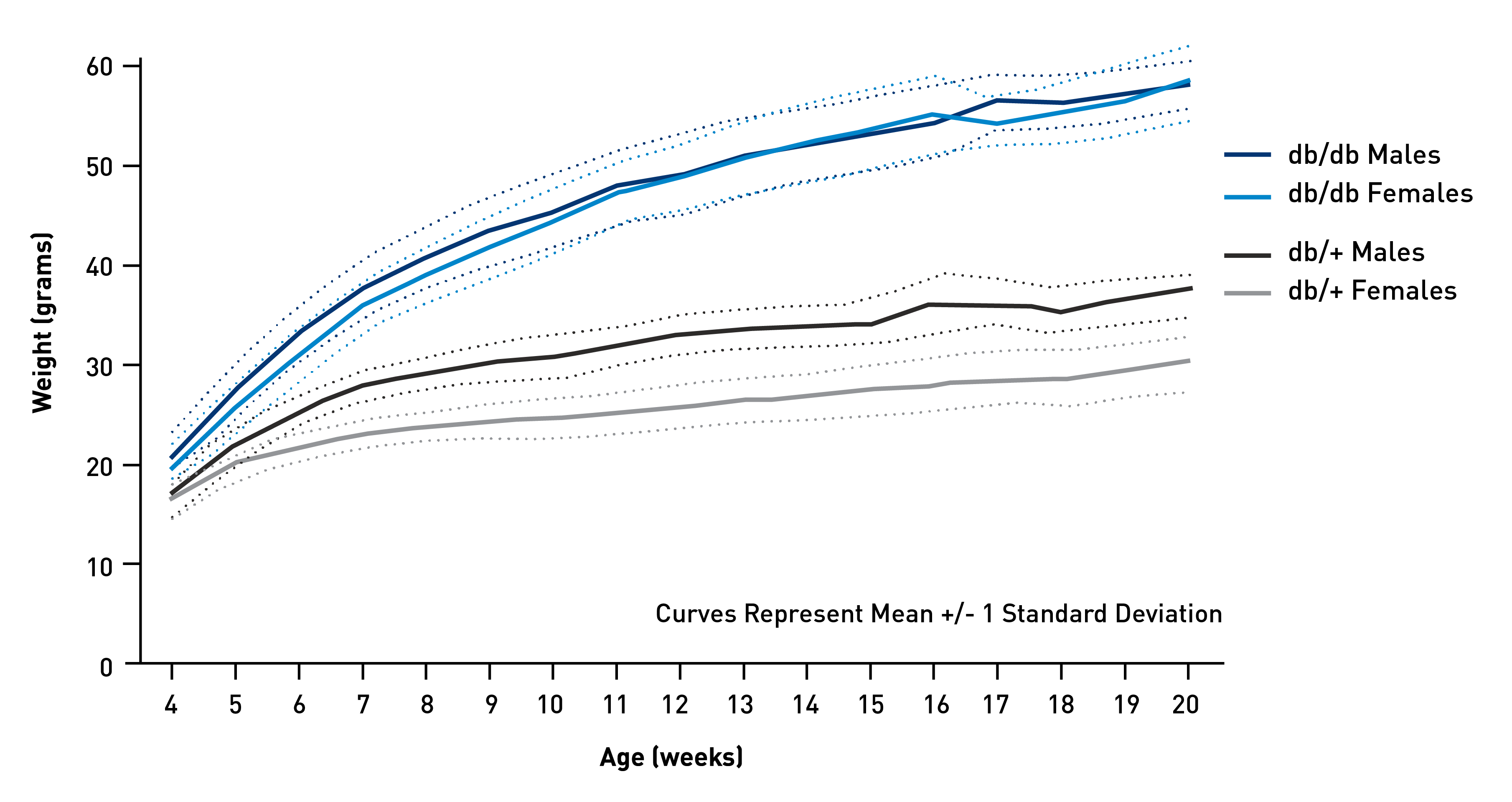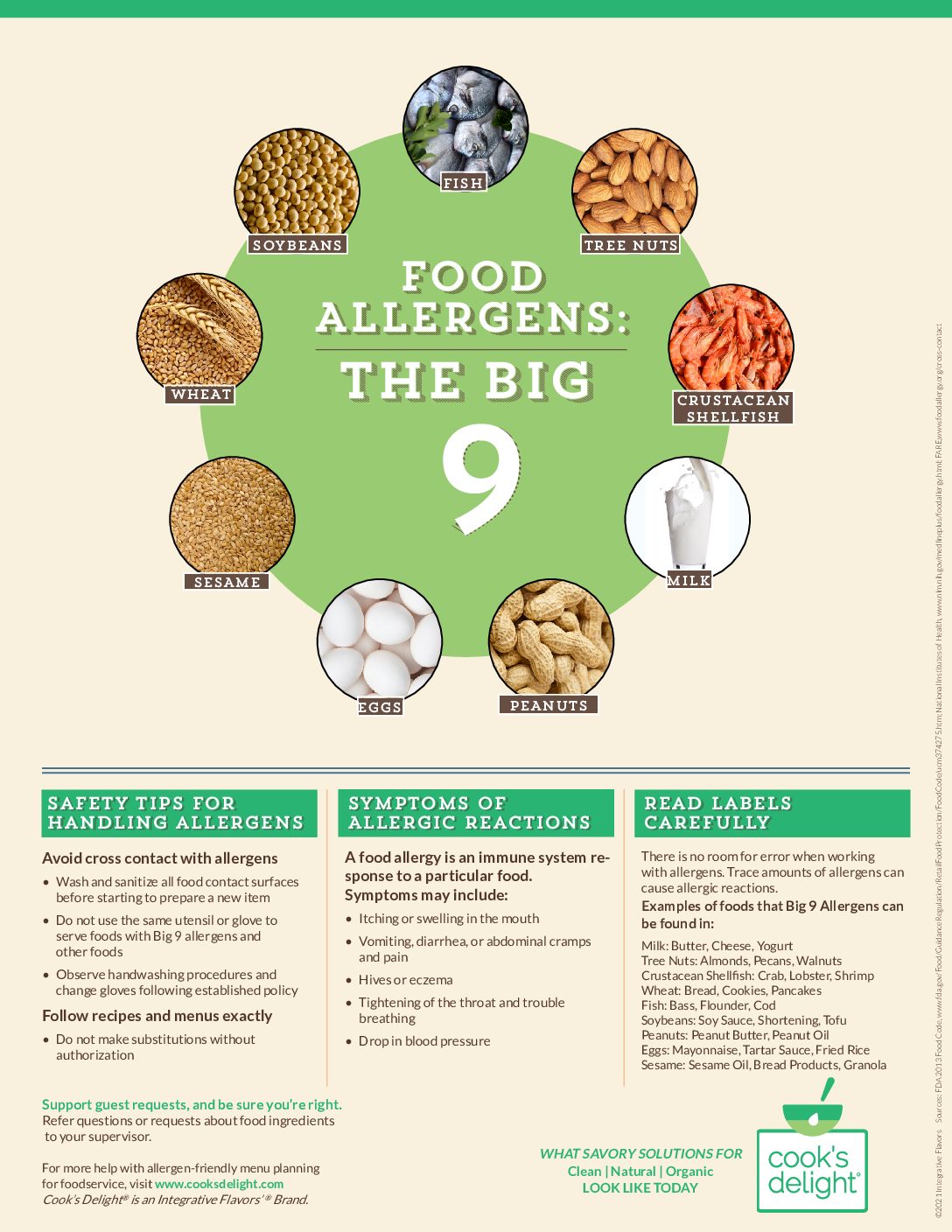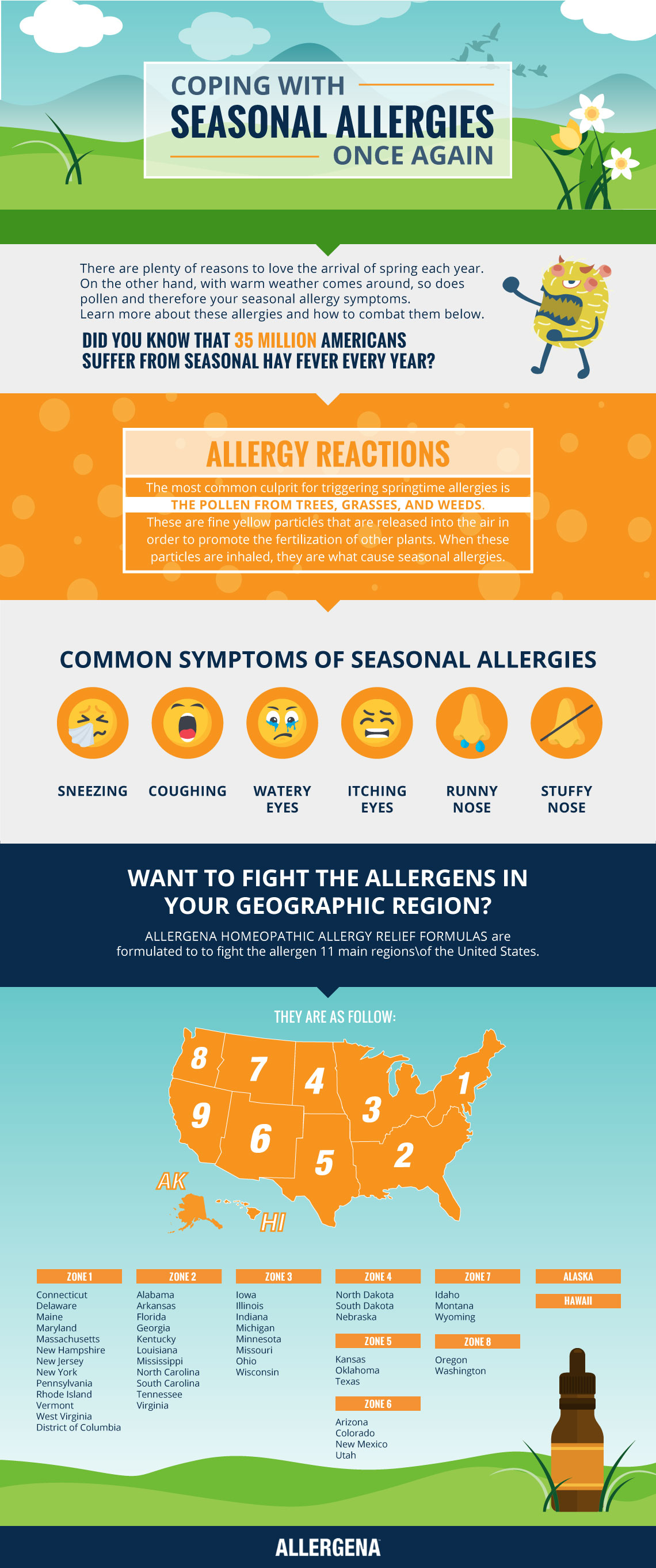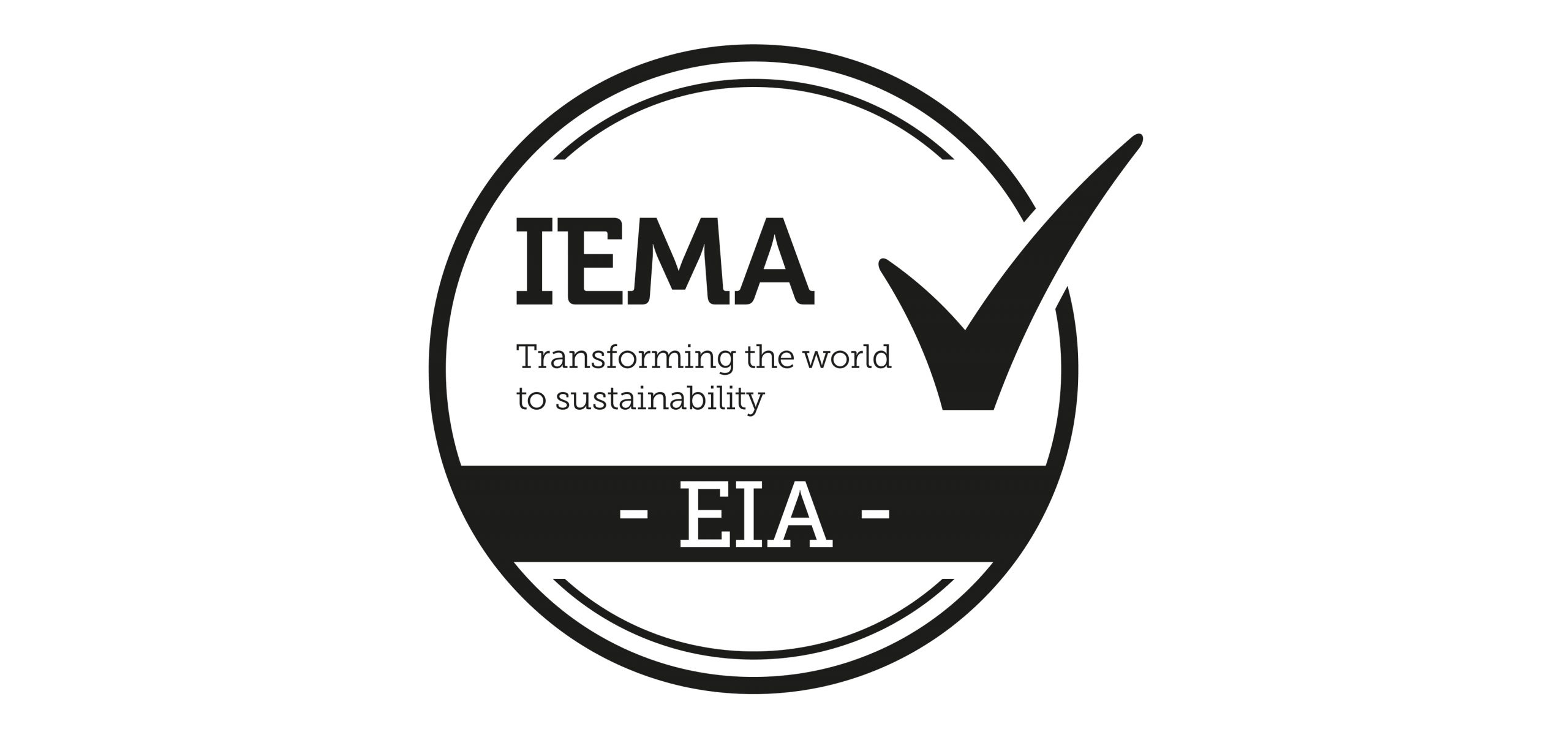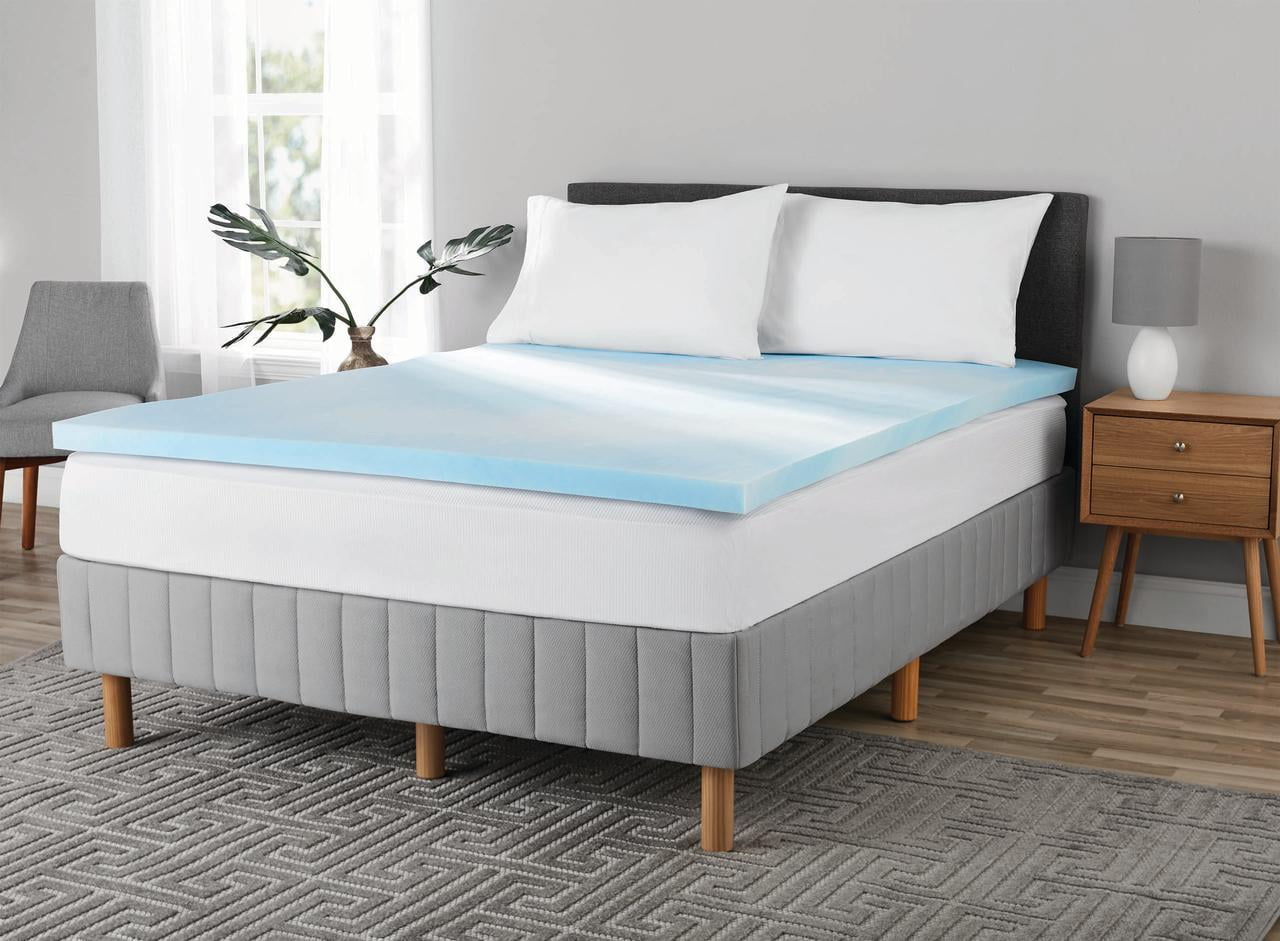Spring mattresses may seem sturdy and long-lasting, but they are not as durable as other types of mattresses. The internal springs can wear out over time, causing the mattress to sag and lose its support. This can lead to discomfort and disrupt your sleep quality, ultimately shortening the lifespan of the mattress.1. Durability
One of the biggest complaints about spring mattresses is the noise they can make. As you move and shift during the night, the springs can squeak and creak, causing disturbances in your sleep. This can also be an issue for couples who share a bed, as one person's movements can easily disrupt the other's sleep.2. Noise
Due to the interconnected springs, spring mattresses have poor motion isolation. This means that movements on one side of the bed can be felt on the other side, which can be disruptive for couples or anyone who shares a bed. This can also be a problem if you have a restless sleeping partner or a pet that likes to join you in bed.3. Motion Transfer
Spring mattresses are not known for their ability to relieve pressure points on the body. The springs can create uneven support, causing certain areas of your body to bear more weight than others. This can lead to discomfort and pain, especially for those who have chronic pain or injuries.4. Pressure Points
Unlike other types of mattresses, spring mattresses do not offer much customization. You are limited to the firmness level of the mattress and cannot adjust it to your specific needs. This can be a problem if you have specific comfort preferences or medical conditions that require a certain type of support.5. Lack of Customization
Spring mattresses are often heavy and bulky, making them difficult to move or maneuver. This can be a problem when it comes to flipping or rotating the mattress, which is recommended every few months to maintain its shape and support. The weight can also make it challenging to set up or replace the mattress.6. Weight
Compared to other types of mattresses, spring mattresses tend to be on the more expensive side. This is due to the materials and construction required to make the springs, as well as the additional layers of foam or padding that may be added. This can make it a less budget-friendly option for those looking for a new mattress.7. Cost
Spring mattresses require regular maintenance to keep them in good condition. This includes flipping and rotating the mattress, as well as spot cleaning any stains. Over time, the springs may also start to poke through the surface, which can be uncomfortable and require repairs or replacement.8. Maintenance
The materials used in spring mattresses, such as the fabric and padding, can be a breeding ground for dust mites and other allergens. This can be a problem for those with allergies or respiratory issues, as the mattress can exacerbate their symptoms. Regular cleaning and maintenance can help reduce allergens, but it may not completely eliminate them.9. Allergies
Spring mattresses are not the most environmentally friendly option when it comes to mattresses. The manufacturing process involves the use of non-renewable resources, and the materials used are not biodegradable. This means that when you need to replace your mattress, it will likely end up in a landfill, contributing to environmental waste. 10. Environmental Impact
Additional Disadvantages of Spring Mattresses

1. Prone to Sagging and Wear
 One of the main disadvantages of spring mattresses is their tendency to sag and wear over time. This can be especially problematic for heavier individuals, who may experience more rapid sinking into the mattress. As the springs lose their resilience, they become less effective at providing support, leading to discomfort and potential back pain. This can also affect the overall lifespan of the mattress, requiring more frequent replacements and adding to the cost in the long run.
One of the main disadvantages of spring mattresses is their tendency to sag and wear over time. This can be especially problematic for heavier individuals, who may experience more rapid sinking into the mattress. As the springs lose their resilience, they become less effective at providing support, leading to discomfort and potential back pain. This can also affect the overall lifespan of the mattress, requiring more frequent replacements and adding to the cost in the long run.
2. Noise and Motion Transfer
 Another drawback of spring mattresses is their tendency to make noise and transfer motion. This can be a major issue for couples sharing a bed, as any movement on one side can be felt on the other. This can lead to disturbed sleep and discomfort, as well as potential strain on relationships. Additionally, as the springs age, they may become noisier, further disrupting sleep.
Another drawback of spring mattresses is their tendency to make noise and transfer motion. This can be a major issue for couples sharing a bed, as any movement on one side can be felt on the other. This can lead to disturbed sleep and discomfort, as well as potential strain on relationships. Additionally, as the springs age, they may become noisier, further disrupting sleep.
3. Allergen Traps
 Spring mattresses are also known for trapping allergens such as dust, mold, and pet dander. This is due to the nature of the materials used and the fact that they are not as tightly woven as other types of mattresses. For those who suffer from allergies or asthma, this can be a major issue and can impact the quality of sleep. Regular cleaning and maintenance can help alleviate this issue, but it may not completely eliminate it.
Spring mattresses are also known for trapping allergens such as dust, mold, and pet dander. This is due to the nature of the materials used and the fact that they are not as tightly woven as other types of mattresses. For those who suffer from allergies or asthma, this can be a major issue and can impact the quality of sleep. Regular cleaning and maintenance can help alleviate this issue, but it may not completely eliminate it.
4. Limited Customization and Comfort Options
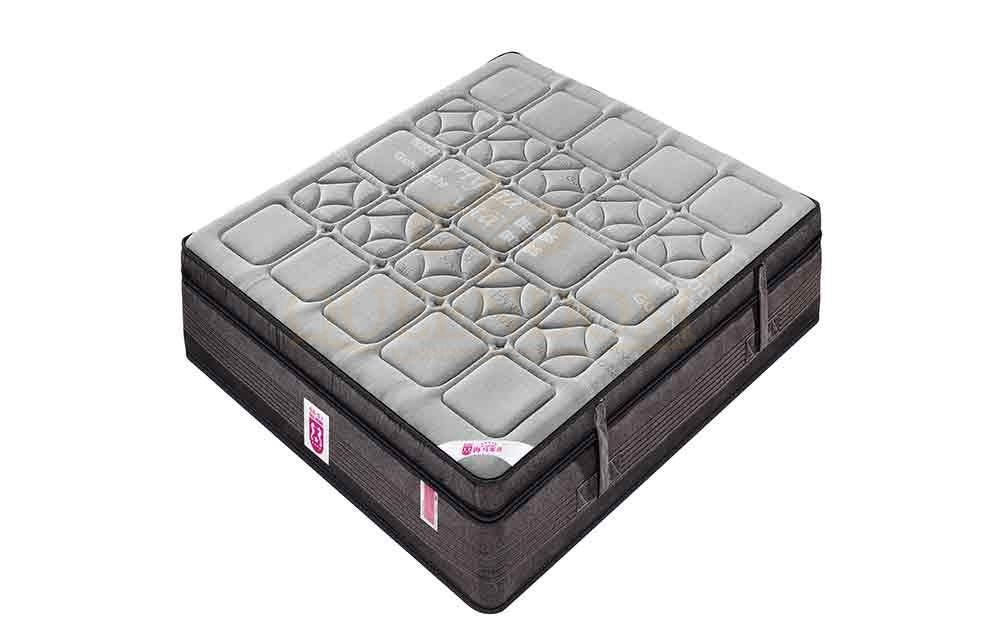 Unlike other types of mattresses, spring mattresses offer limited customization and comfort options. They come in a standard firmness level and cannot be adjusted to suit individual preferences. This can be a disadvantage for those with specific sleep needs or preferences, as they may not be able to find the right level of support and comfort in a spring mattress.
Unlike other types of mattresses, spring mattresses offer limited customization and comfort options. They come in a standard firmness level and cannot be adjusted to suit individual preferences. This can be a disadvantage for those with specific sleep needs or preferences, as they may not be able to find the right level of support and comfort in a spring mattress.
5. Potential for Off-Gassing
 Some spring mattresses are made with synthetic materials that can emit volatile organic compounds (VOCs). These chemicals can be harmful to both the environment and human health. While not all spring mattresses contain these chemicals, it is something to be aware of when making a purchase.
Overall, while spring mattresses may have been a popular choice in the past, they come with their fair share of disadvantages that should be considered before making a purchase. As technology and materials continue to advance, there are now many other options available that offer better support, comfort, and longevity. When it comes to investing in a good night's sleep, it may be worth exploring alternative mattress options.
Some spring mattresses are made with synthetic materials that can emit volatile organic compounds (VOCs). These chemicals can be harmful to both the environment and human health. While not all spring mattresses contain these chemicals, it is something to be aware of when making a purchase.
Overall, while spring mattresses may have been a popular choice in the past, they come with their fair share of disadvantages that should be considered before making a purchase. As technology and materials continue to advance, there are now many other options available that offer better support, comfort, and longevity. When it comes to investing in a good night's sleep, it may be worth exploring alternative mattress options.











